Monday-Tuesday
We started our week in family medicine where we met Dr. Linge and the four medical interns that we would be posted with for the next two days, Varsha, Girish, and two girls named Sneha. Dr. Linge was full of knowledge on India’s healthcare. He explained the history of how years ago doctors were not just thought of as physicians but also as gurus or life coaches. Patients would come to see their physicians for not only healthcare but also counseling on issues ranging from marital problems, to purchasing a motorcycle. He seemed to be a very well respected doctor because had many people coming to him not just because he was a family medicine doctor but because he was well known for his personal relationships with his patients and expertise in medicine. We were told he has been seeing patients up to five generations back with many people traveling from as far as Mumbai (a six hour drive) just to be seen by him. Dr. Linge explained to us the five dimensions of wellness which parallel with what we are taught back in the US that health does not just consist of your physical health but also your emotional, spiritual, social and environmental. We were able to see patient check-ups and throughout the whole examination Dr. Linge would explain what the symptoms were, the medical history of the patient and then after his examination what his conclusion and referral would be.
Wednesday-Friday
Wednesday through Friday we had very busy days with our morning and afternoon sessions being at different locations. In the mornings we were posted with a team who were surveying families in the surrounding rural villages with two or more girl children ages 13-25 for the “girl aspiration study”. The goal was to survey the families and narrow down candidates for finical assistance. There would be 100 girls chosen to be supported through this program paying for their education, or healthcare or anything else they may need. After being chosen PMT will take on the financial burden that these girls are facing. The day consisted for surveying the families asking questions such as their monthly income, how much land, livestock, crops and furniture was in the home. Other standard questions we also asked such as their name, cast, religion ect. As the team was surveying the families they would translate for us what was going on and the candidates responses.
After having lunch we started the second half of our day, meeting at the center for social medicine. There we joined the CSM staff and eight interns which we had met before at the yoga model day. We were told that the second half of our day would be spent surveying different health aspects in a local village. There will be a new rural clinic built for this village in the future so the information gathered would be used for baseline data to compare to after the rural clinic is built. We spent the day performing simple tests such as blood pressure, blood glucose level, height and weight. Standard questions were also asked such as their name, age, religion and cast. It was an amazing experience to watch the interaction between the people living in the village and the medical students. This is something that would not be seen in the states. I was even able to help in checking blood sugar levels as well as attempting to take blood pressure. The medical intern Peyton and I were “teamed” up with Murtaza was very patient and tried to teach me how it is done. Now I can say I learned how to take blood pressure in rural village in India (kind of, I still need practice). One thing that stood out to me was the fact that many people that we surveyed when asked their age, they had no idea. Because birthdays are a big celebration in the US I could not imagine someone not knowing what their age is. There were also a few diabetic individuals that we surveyed that were aware of their diabetes yet continued to eat high amounts of sugar and not take medication. Because of these cases it was encouraging to know that a health center would be available to this village in the future so that these people and the generations to follow can become educated on the importance of proper healthcare.

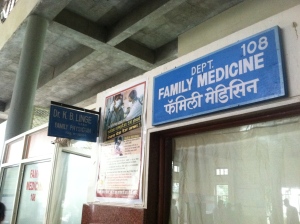
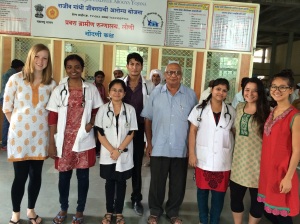
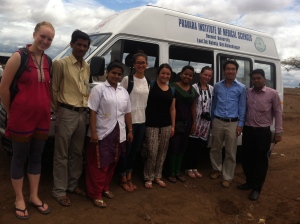
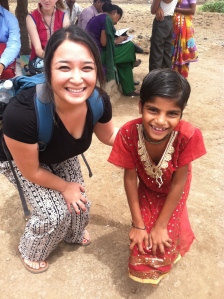
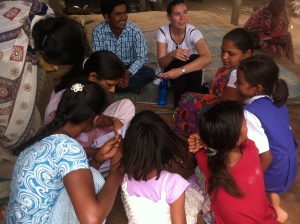
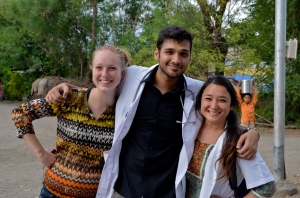
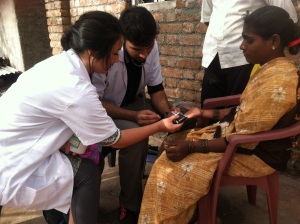
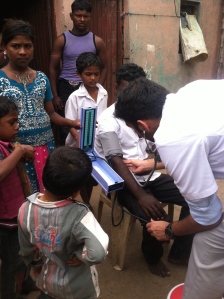
I was entranced by your pictures. Your trip looked fascinating and it looks like you helped a lot of people. I find it surprising that they didn’t know how old they were. Like you said, here age is such a big deal that seeing other countries that do not see it as a big deal is so different.